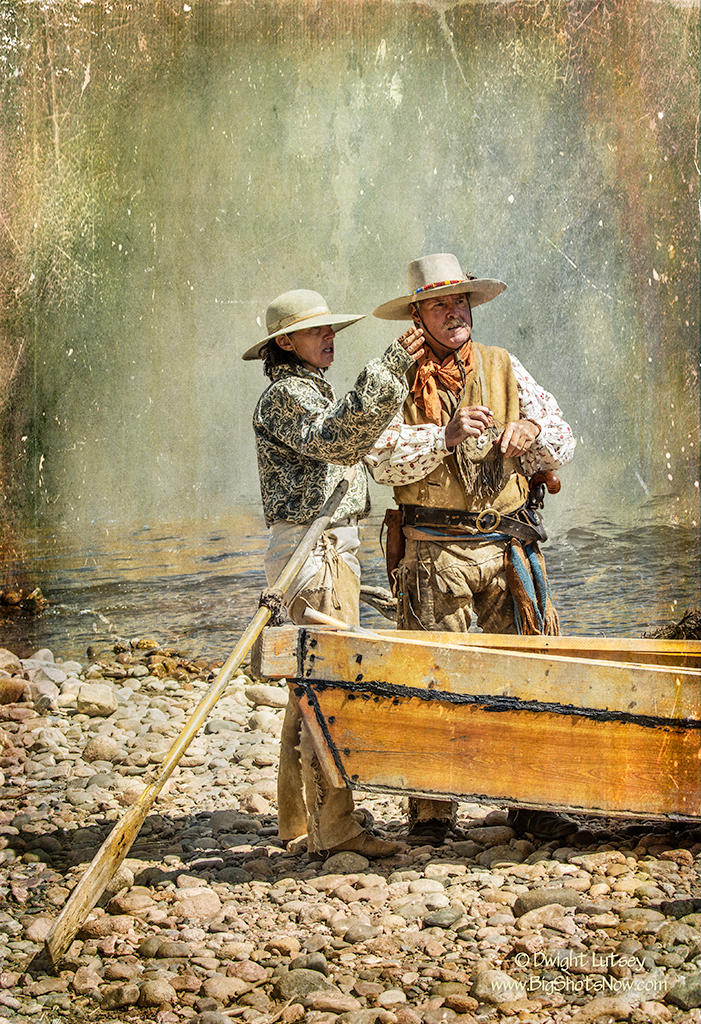
There is a special sign language used by voyagers on the rivers of the West. It is rich and varied with special nuances and concepts not always found in our spoken language. The subtleties hidden in the flow of the unspoken narrative can be infused with meaning and direction. It is used primarily when two people don’t want to speak to each other due to having discussions like this in the past. Here is a brief translation of what’s being said by the two individuals above.
The traveler on the left with her single arm outstretched and fingers pointed downstream is thought to be saying:
We should go down the water this way. We should not hit either bank. We must endeavor not to sink the boat by any foolish action for that would be bad. In case of imminent danger I will jump out and run alongside on the bank until I see whether you survive or not. If a poisonous snake should fall into the bottom of the boat do not shoot it or strike it with your hatchet. Watch carefully for rapids and call out loudly and clearly if they’re near. I will jump out and wait for you at the bottom of them. You bring the boat through. Do not spill anything. Do not light your pipe in the boat and set it on fire like you did last time. Do not get us lost…. The rest is lost in translation due to not understanding the subtle fingering used by the outstretched hand but this translation is thought to be fairly accurate.
Her companion is replying with a two handed gesture normally used by males which vaguely means:
Wait! What !?!
As stated above this is a language full of obscure meanings and concepts and can sometimes be misinterpreted by non-fluent speakers. However I believe most of the important thoughts were presented. Or of course they may be completely wrong. That’s happened before.

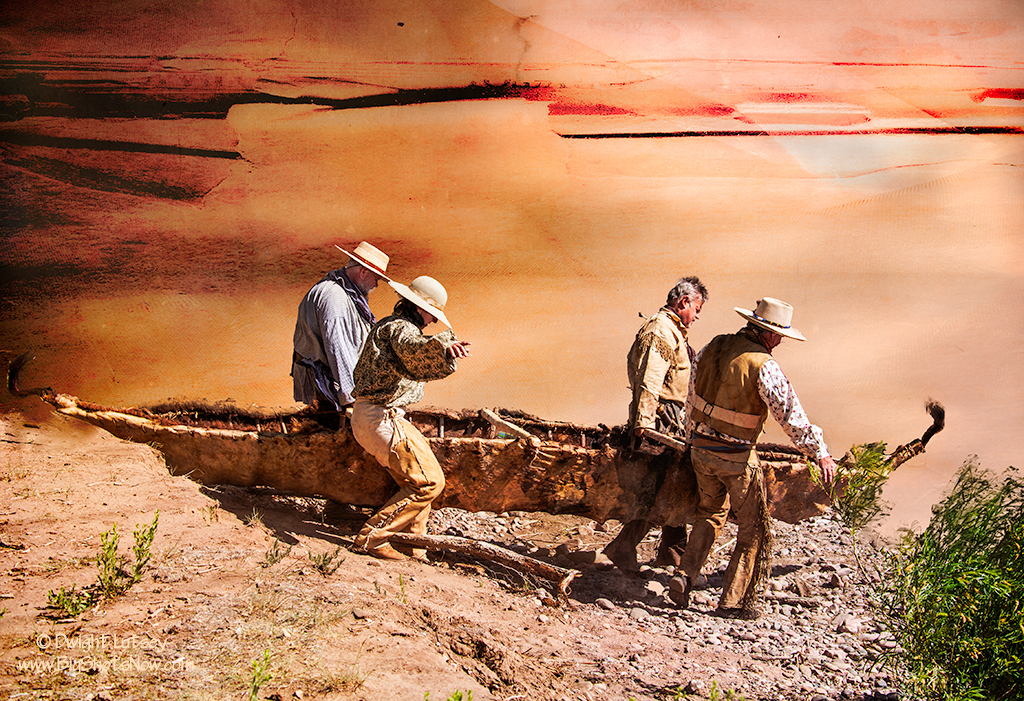
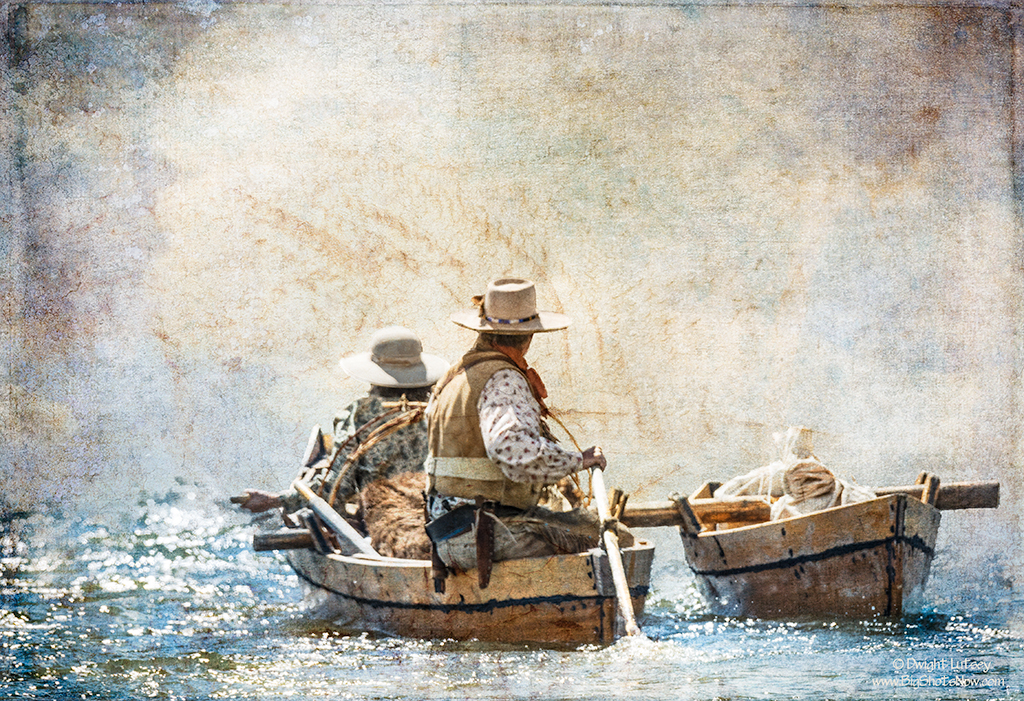
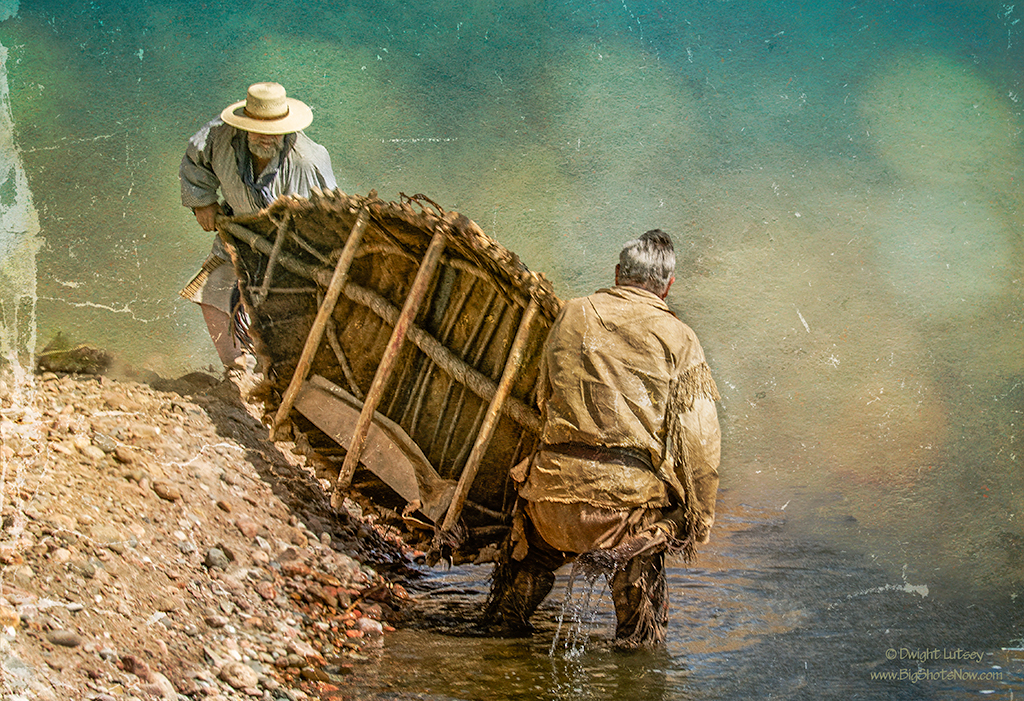
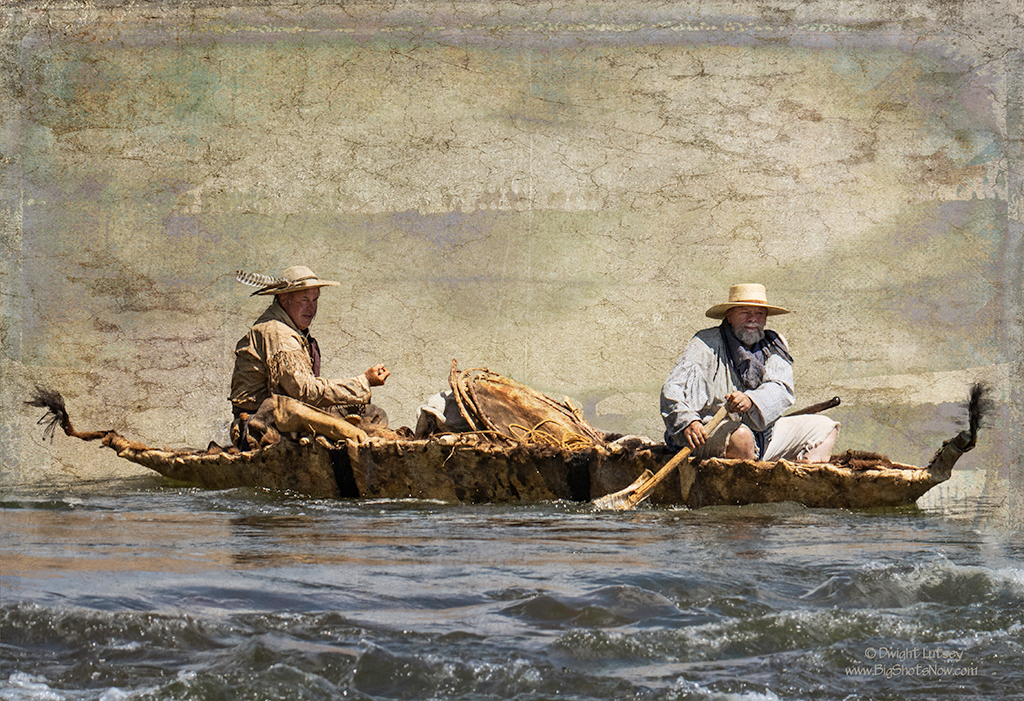
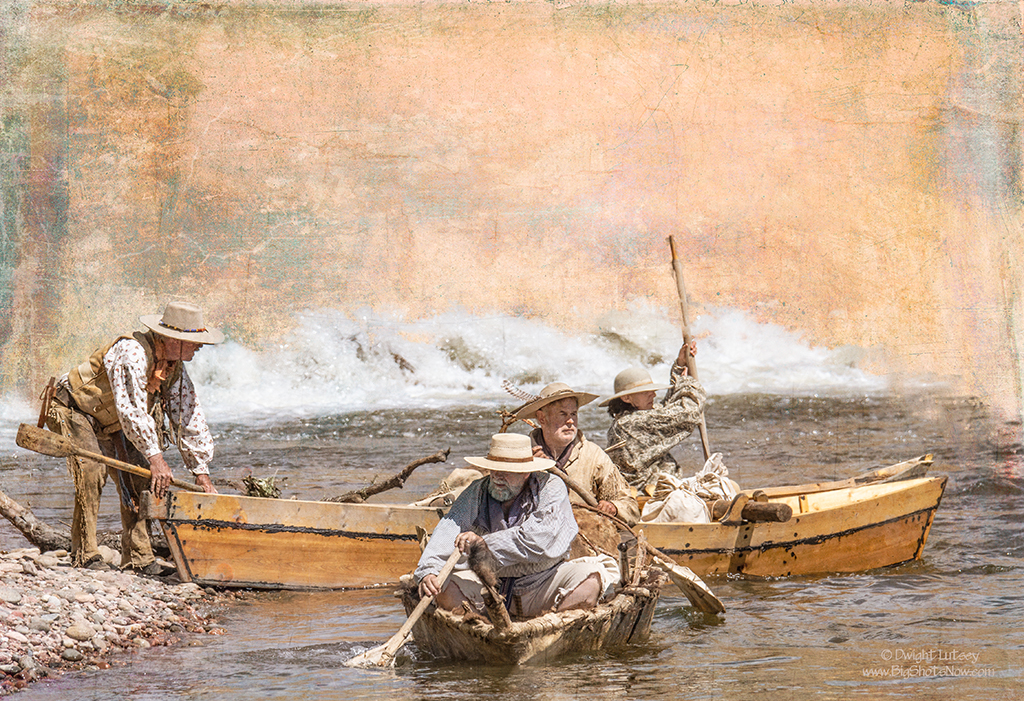
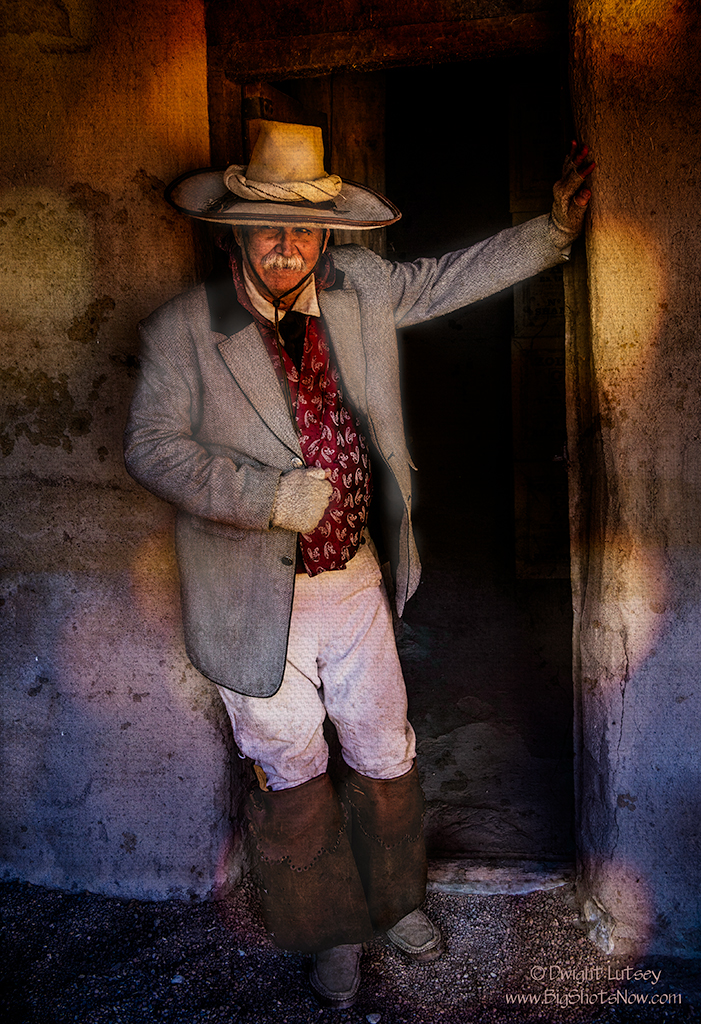
You must be logged in to post a comment.